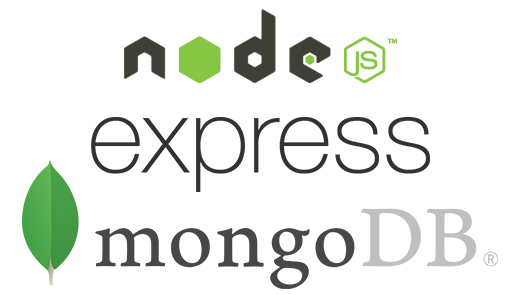We have written these Express JS tutorials to help you in learning from easily the core concepts from each Express JS tutorial.
Table of Contents
What is Express JS framework?
Express is fast, minimal, simple and flexible web development framework written in JavaScript on Node.js platform. It is open source, available for free to use and licensed under MIT License. It is maintained by Node.js foundation. Express was introduced on November 16, 2010. It was developed by StrongLoop, TJ Holowaychuk and few some others. After release, it gained popularity due to its simpler and faster mechanism. You don’t need to worry about any low-level detail, process, protocol or anything. It is easy to learn once you start focusing.
What is Express JS used for?
It provides faster and vigorous solutions for
Express is flexible due to its extensive behaviour. You can find a large number of modules on
What are prerequisites to learn this course in shorter time?
Before starting to learn from these tutorials, you must have basic knowledge of HTML (Hypertext Markup Language) and JavaScript. As Express is written in JavaScript, it follows the syntax of JS, so learning JS before Express will be helpful. HTML and CSS are used for making web pages and styling these pages, so we will use them for the creation and decoration of frontend. However, if you are going to be a backend developer only, you may skip HTML and CSS. Express is used for backend development, it will involve communication with the database so, you must have some basic concepts about database queries like how to create, insert, select, delete and update data.
Jobs for Express JS Developers
After learning Express JS, you will be eligible to apply for jobs below:
- Backend Developer
- Web Developer
- MEAN Stack Developer
- API Developer
- Mobile Application Developer

Supported Databases
Express JS supports many databases. To use your desired database, you just need to load the appropriate driver. The list containing few of databases compatible with Express JS is given below:
- MySQL
- MongoDB
- SQLite
- SQL Server (MS SQL)
- PostgreSQL
- Oracle
- Neo4j
- Cassandra
- CouchDB
- Level DB
- Couchbase
- Redis
- Elastic Search
- Warehouse (Simple JSON based database)
- Lair DB
If you don’t find your favourite option, you may visit https://www.npmjs.com/search?q=db to find your favourite database driver.
Is Express a backend?
Yes, Express JS is server-side scripting based on JavaScript. JavaScript is a programming language used to enhance the user interface by adding dynamic features in front-end. However, Express JS helps in development of back end. In short, now you can build a complete web application in JavaScript.
What is Express in web development?
Express JS is a framework for development of backend of a website. The user interact with client, which is browser, through user interface and communication with server side and databases is established through Express JS. Here you go…You have an understanding of what is Express framework. Now you can proceed towards our next tutorial about setting up environment for development of projects in Express – a Node JS framework.

